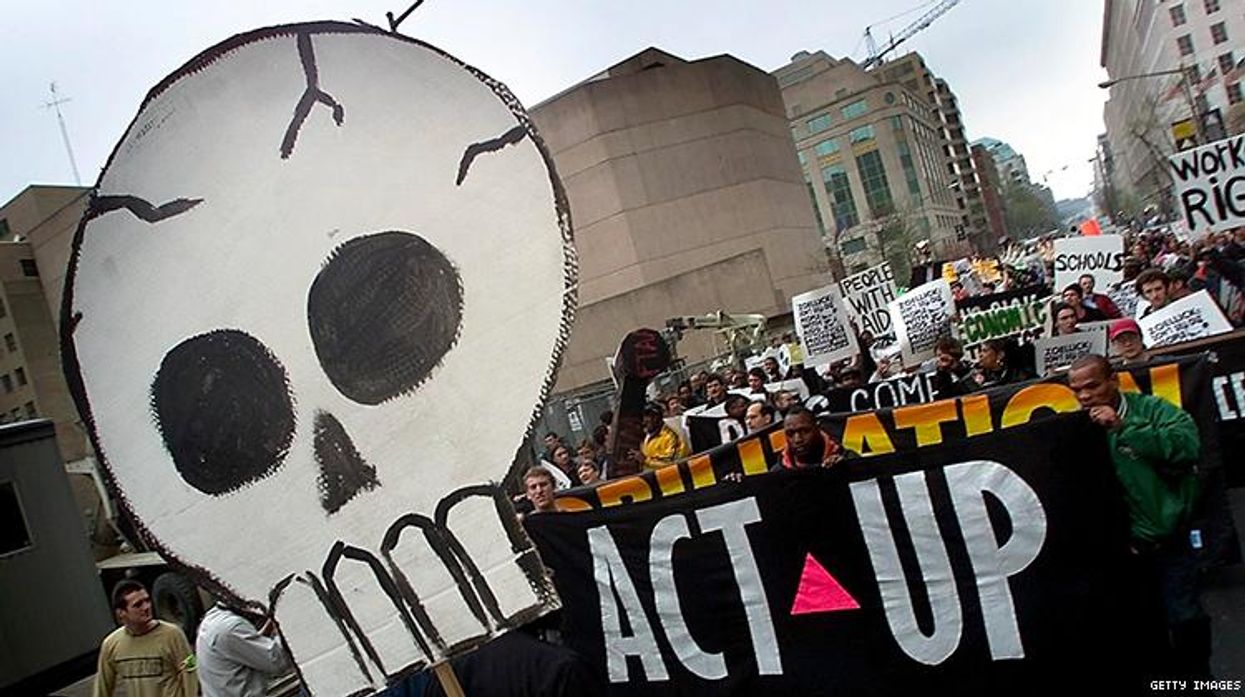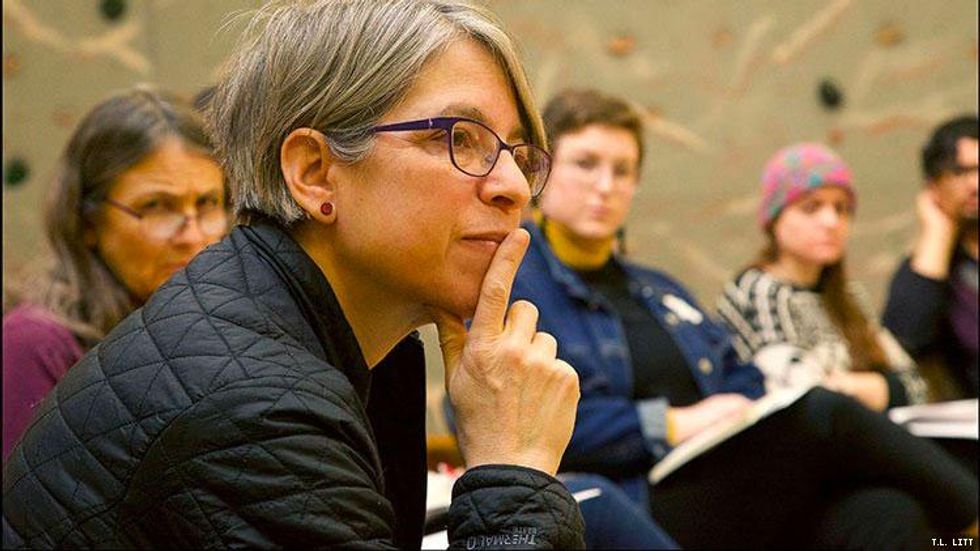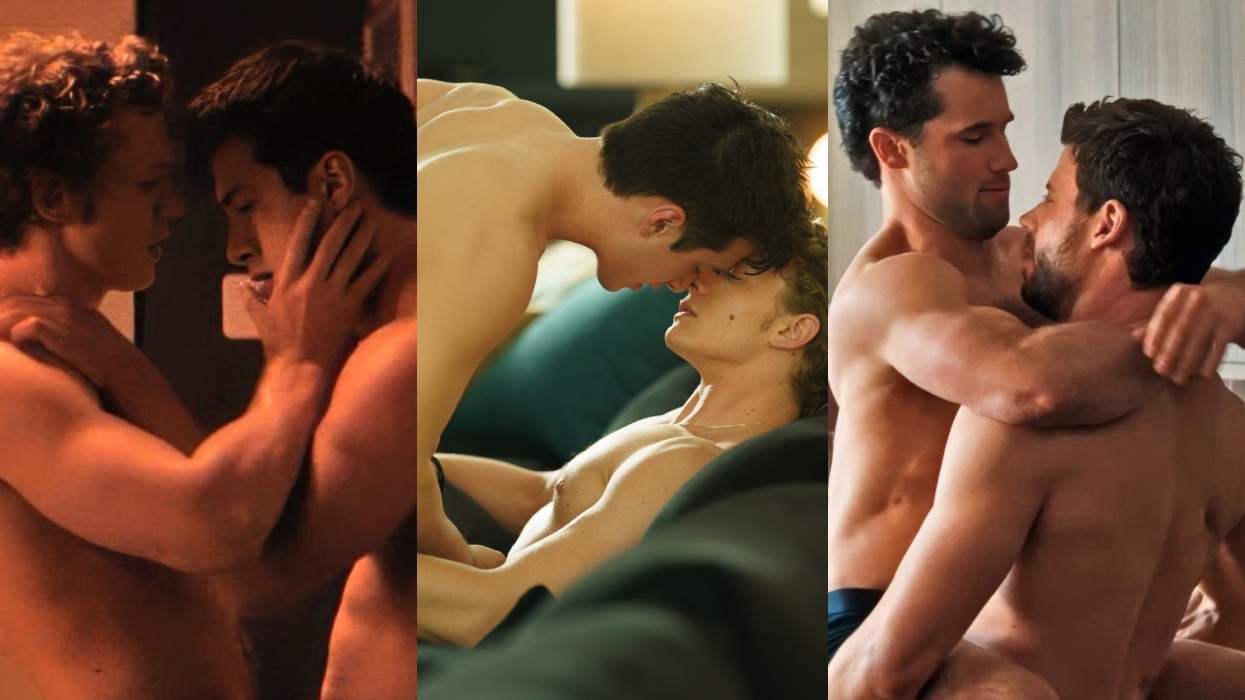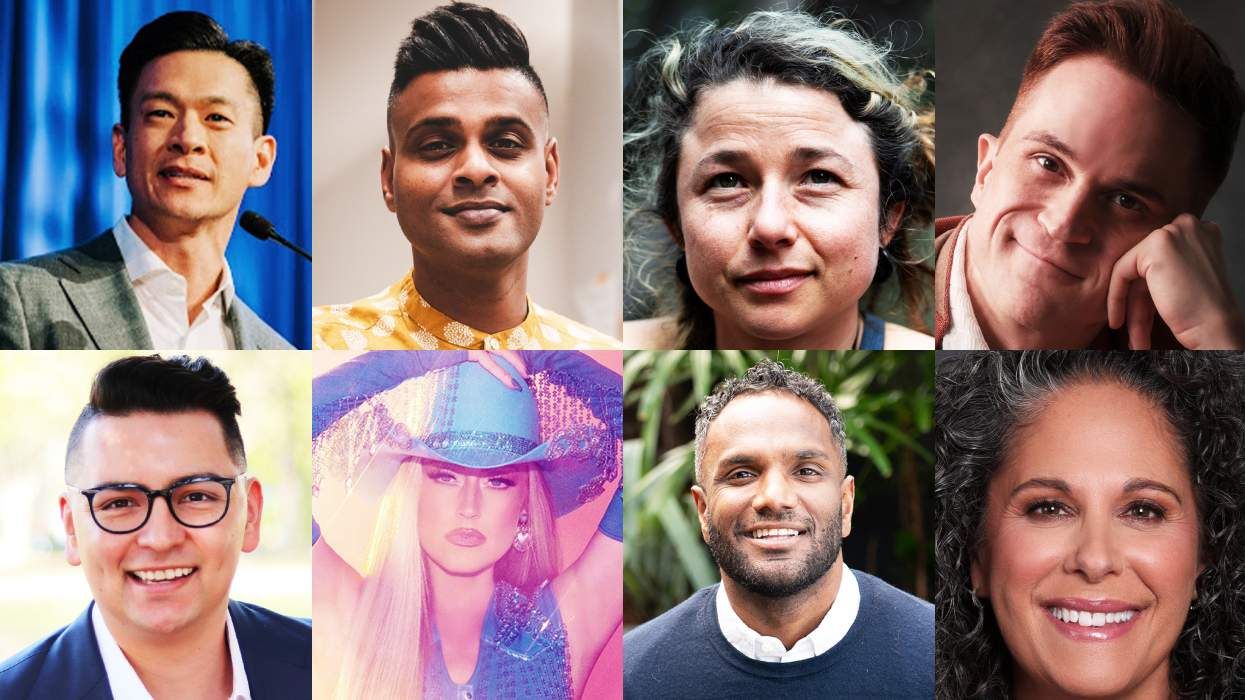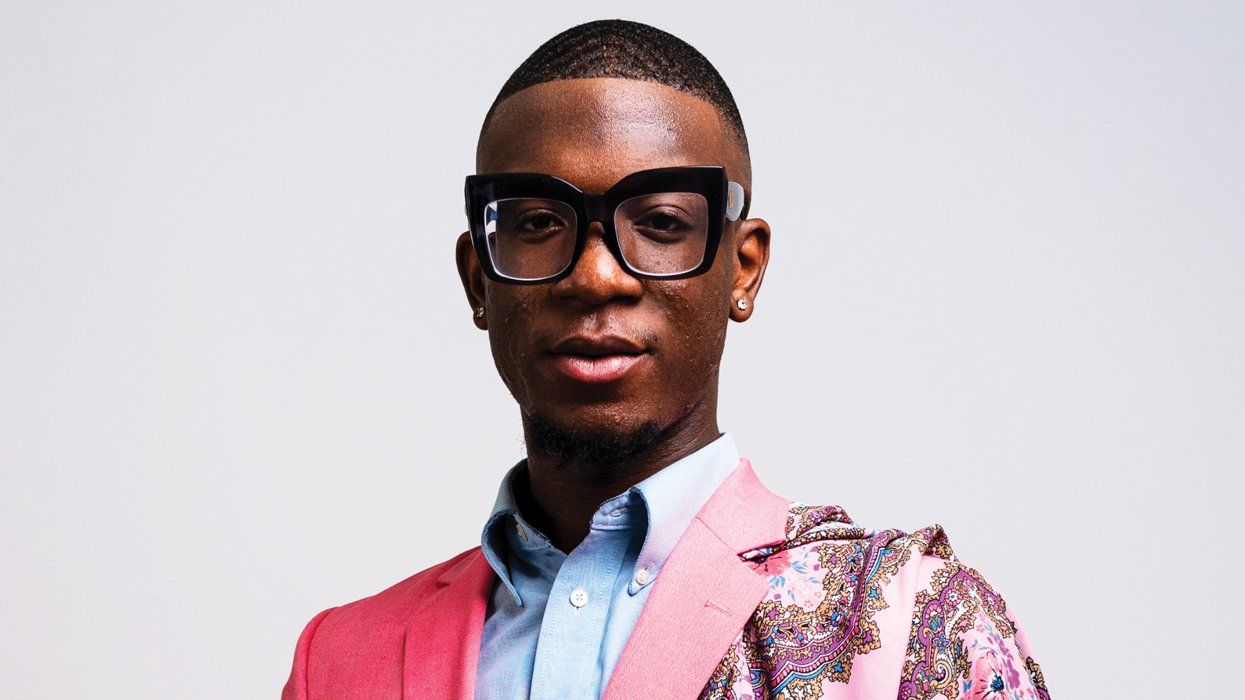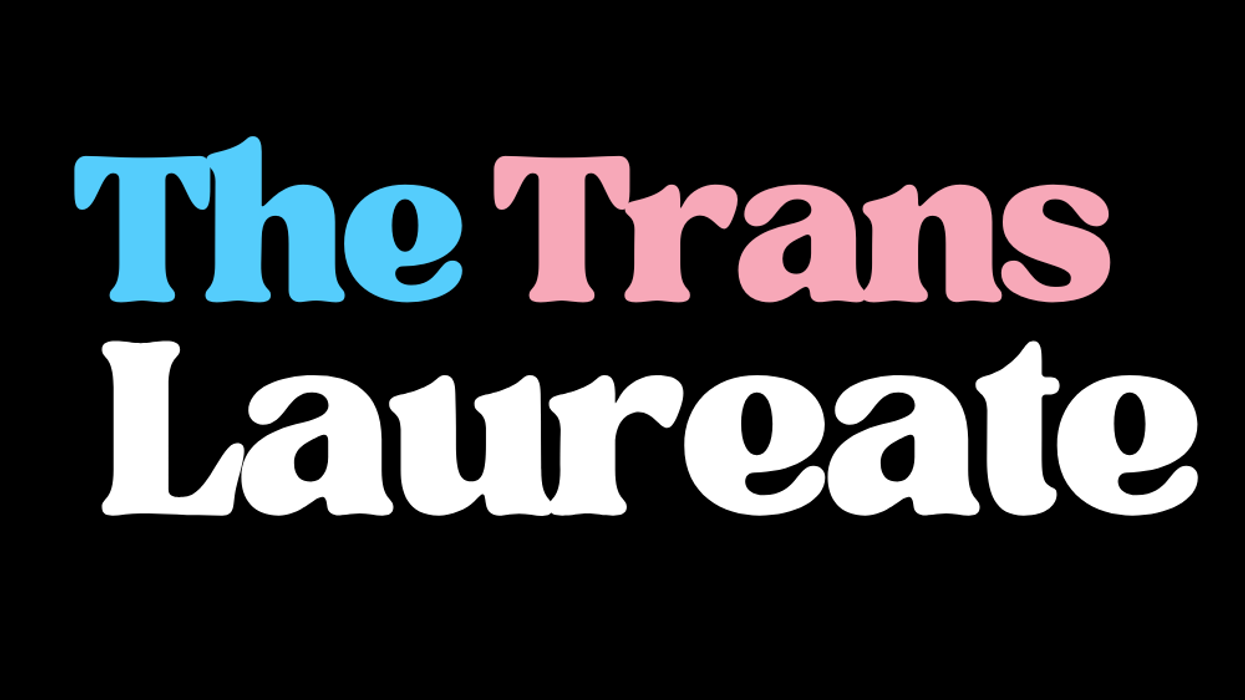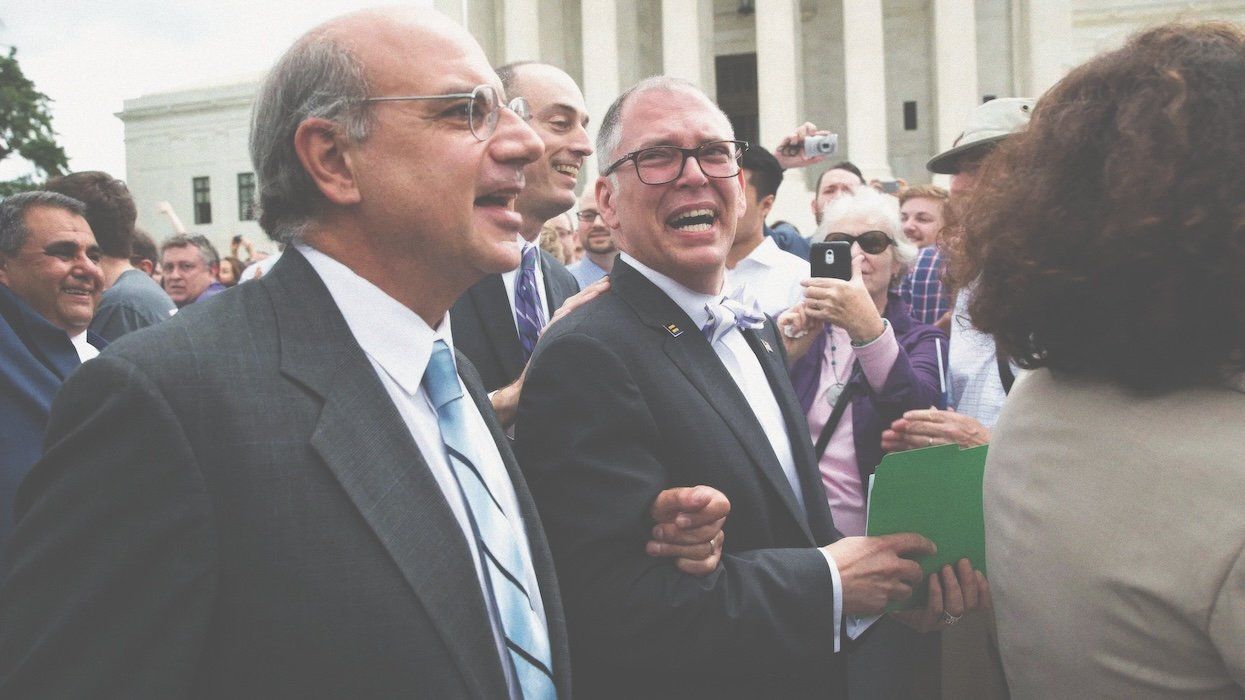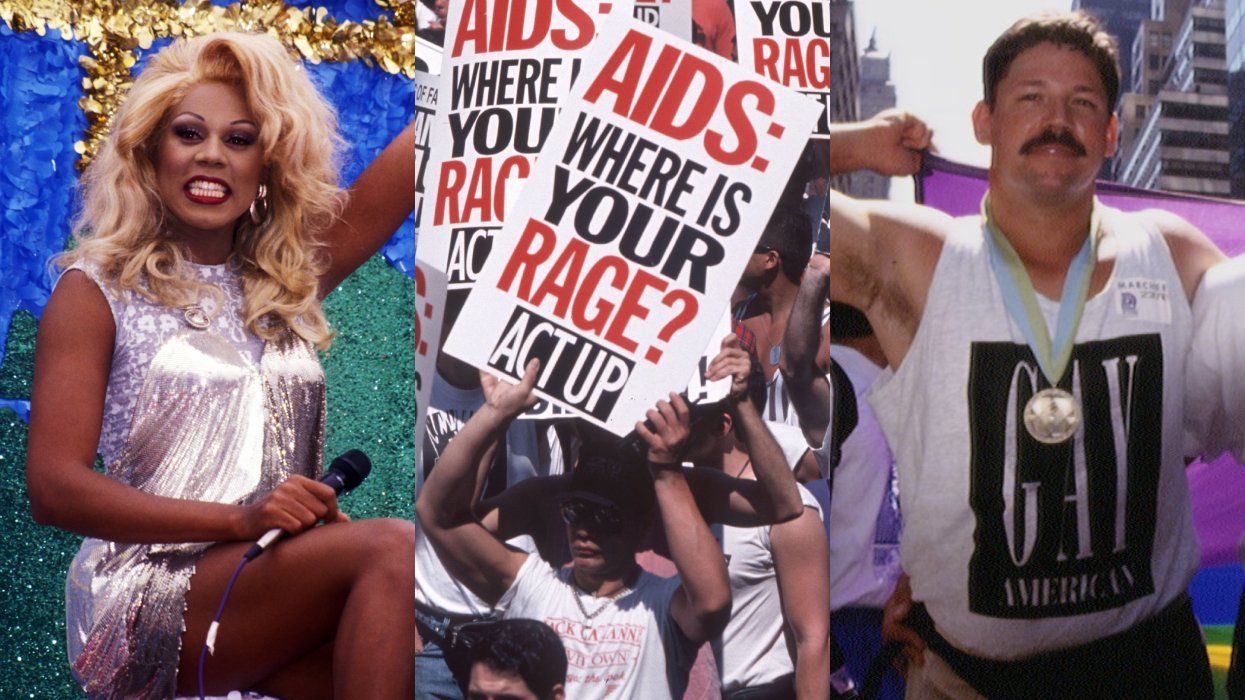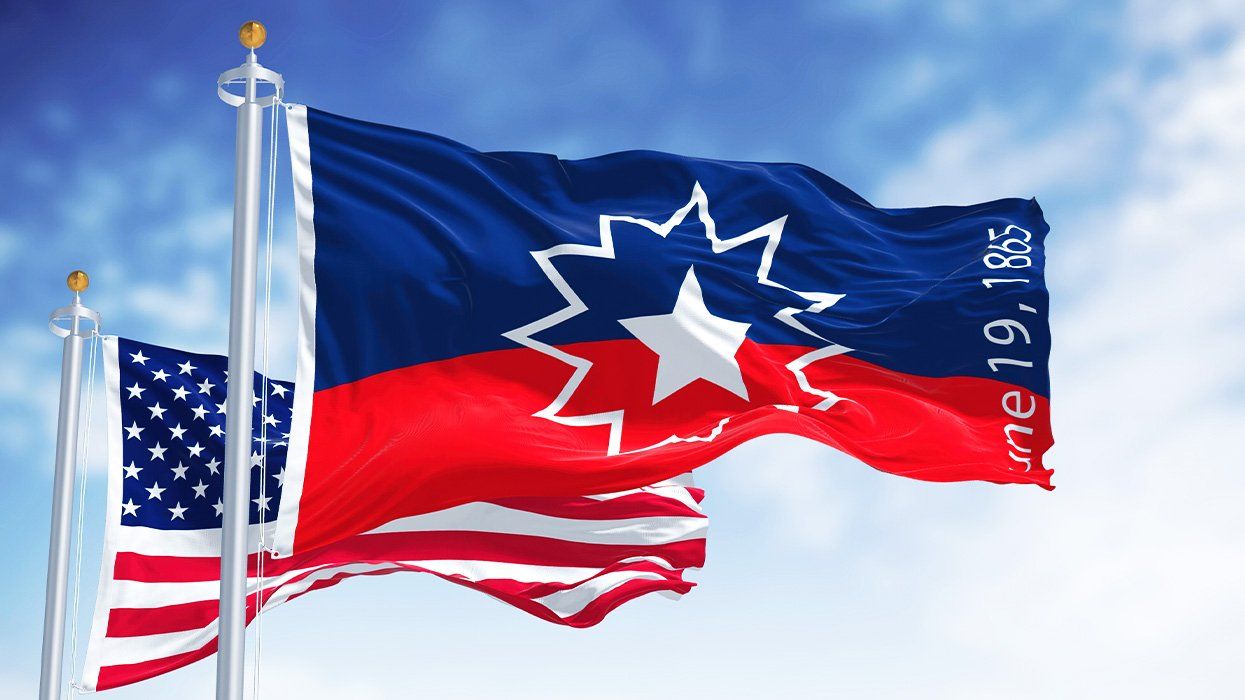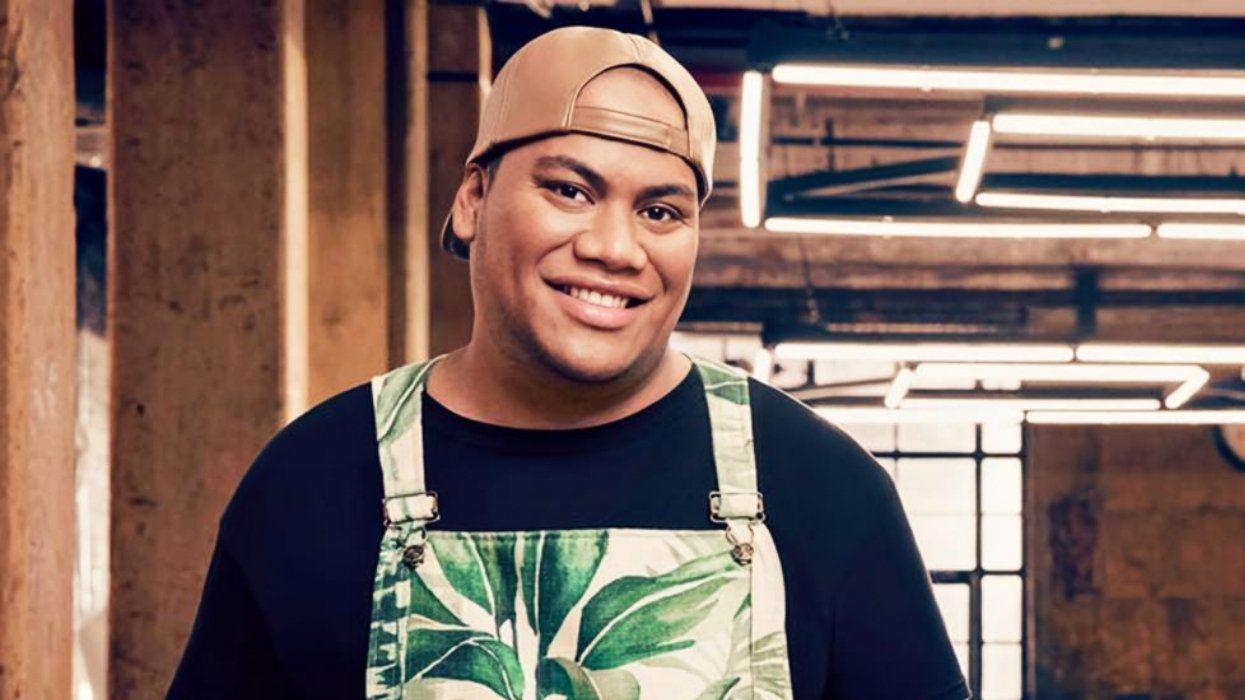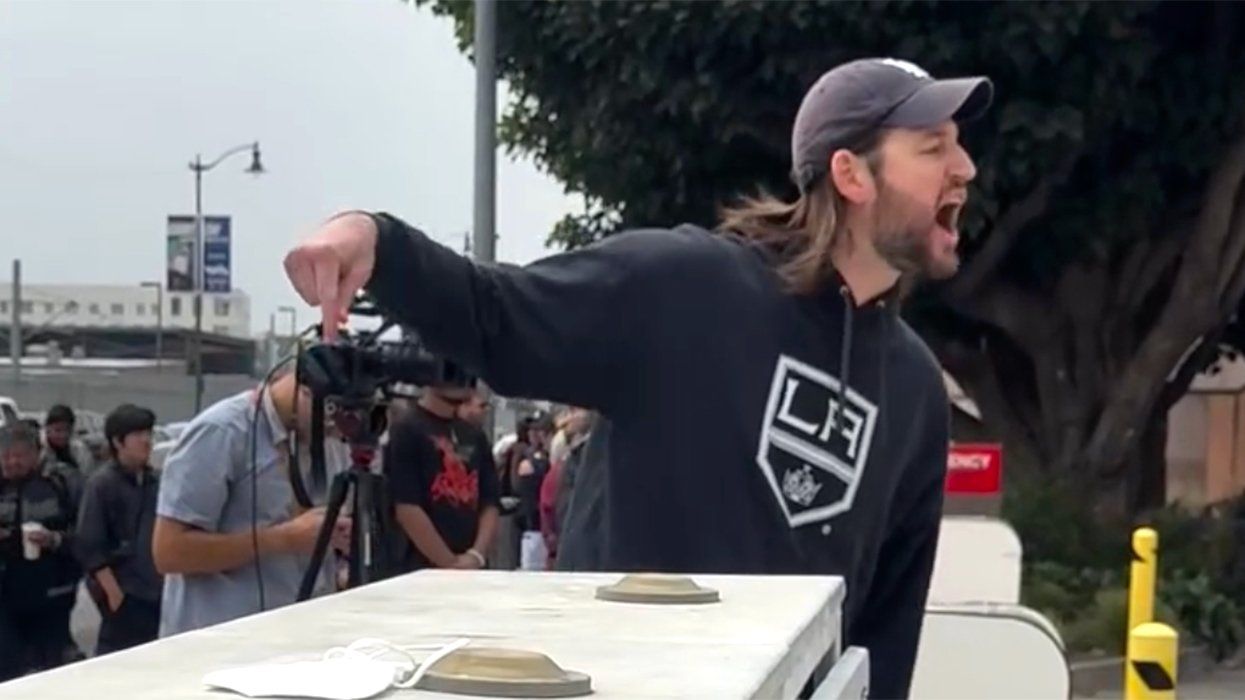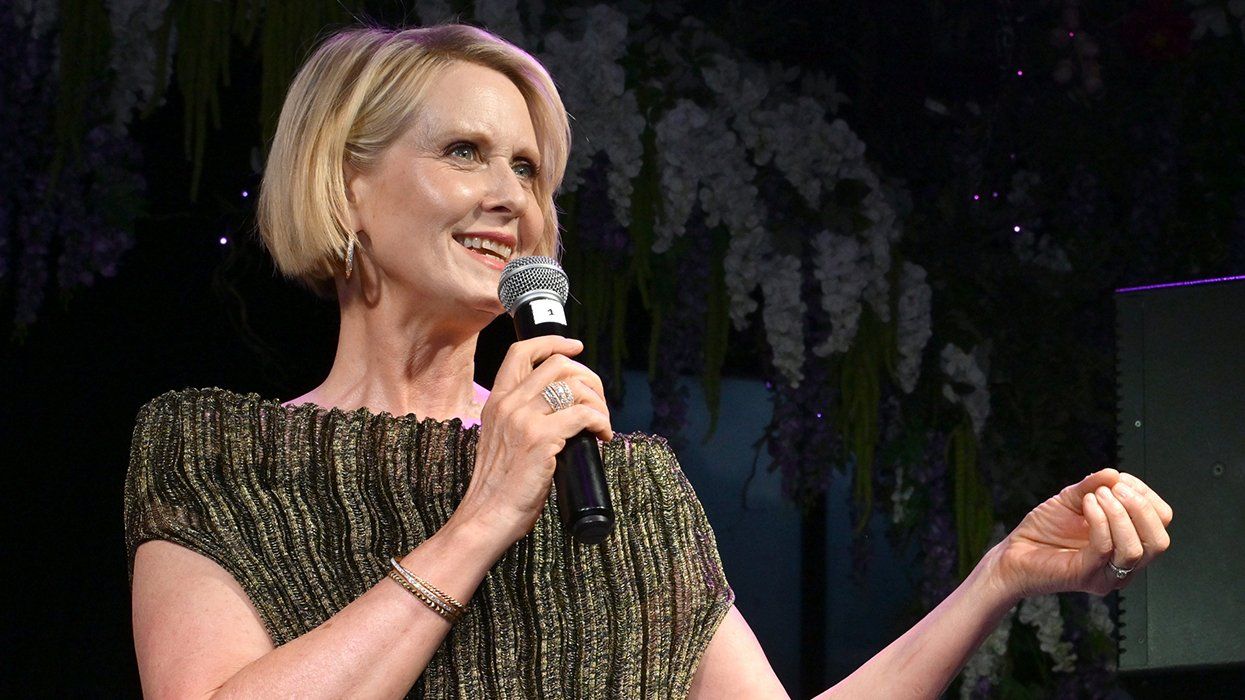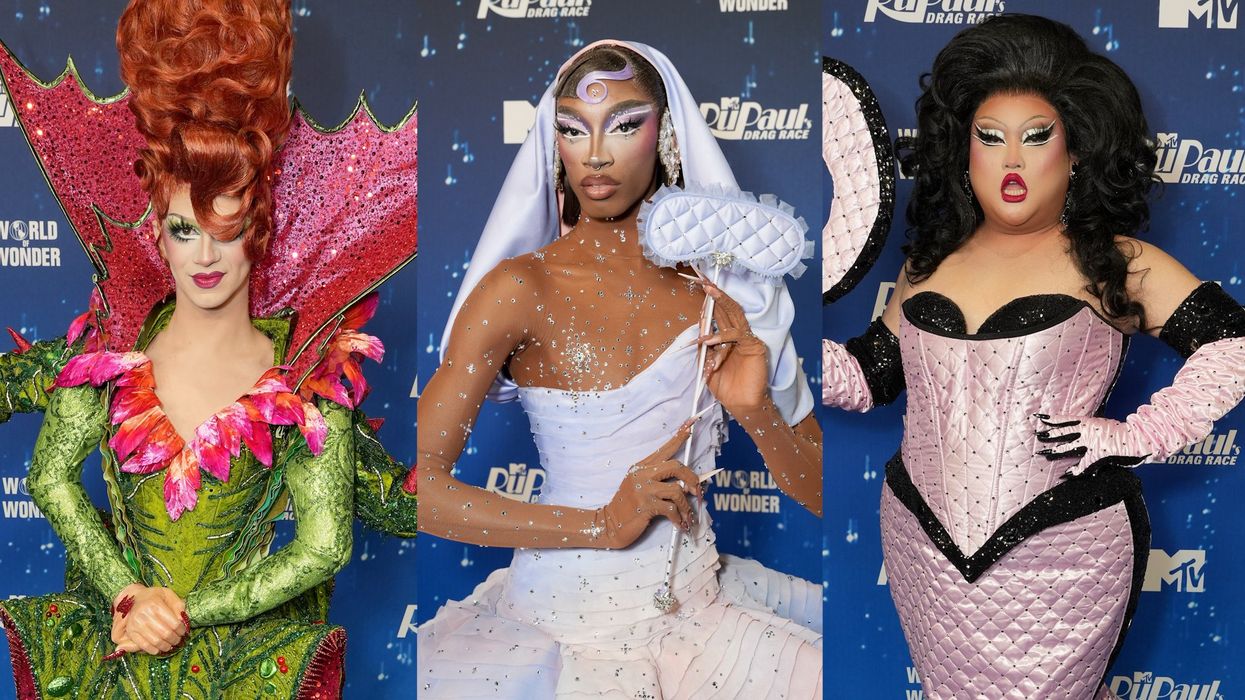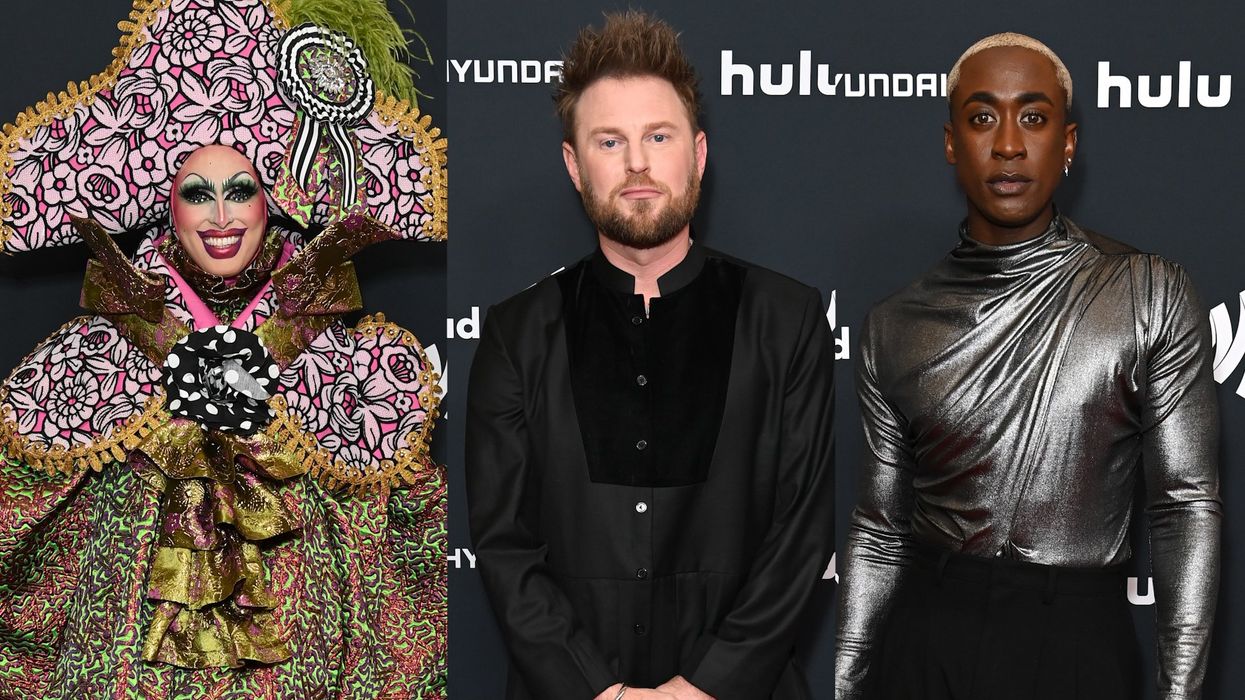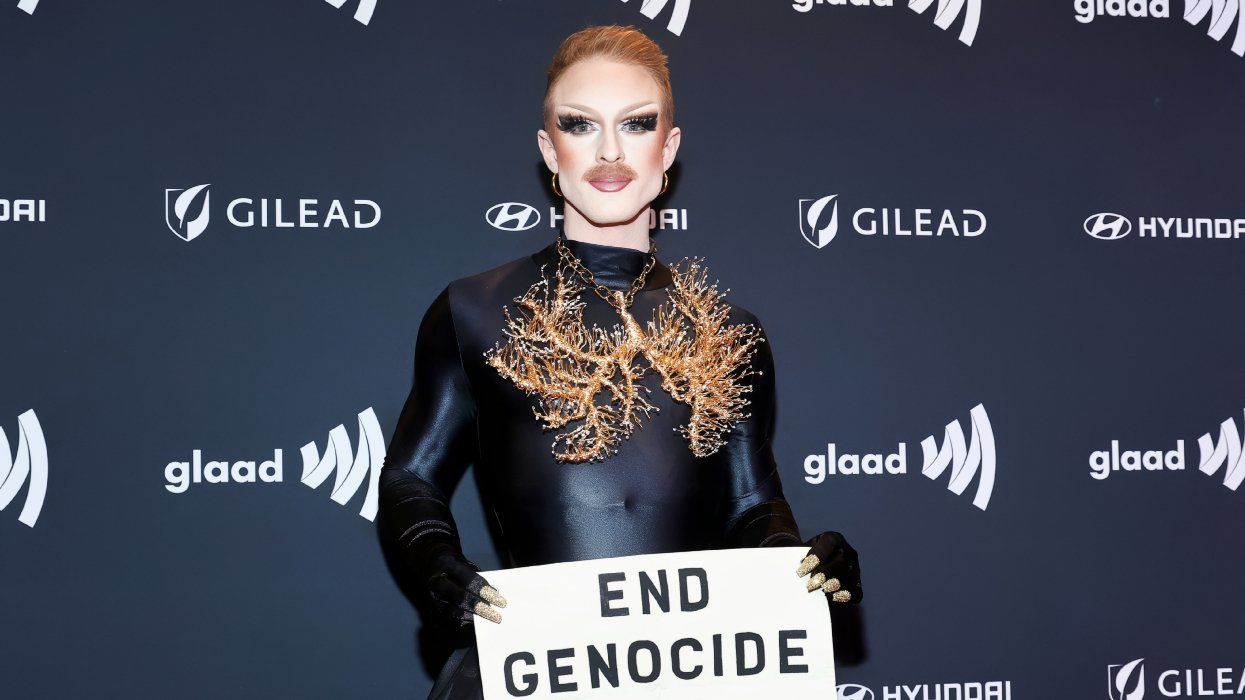For those who don't know much about ACT UP (AIDS Coalition to Unleash Power), the storied AIDS activist organization founded in the '80s, one of the go-to historical documents about the group is How to Survive a Plague, directed by David France. The documentary thrives on a cult of personality: Halfway through the film, five activists make their first present-day onscreen appearance after only being featured in archival footage. The idea behind the scene is supposed to be a sigh of relief: Don't worry, they're still alive.
But the film has also been criticized for its focus on five white men who were part of one segment of the group (the Treatment & Data Committee) within one chapter (ACT UP New York, the first chapter in existence). In reality, the organization was a broad, diverse coalition of individuals, united in anger, to end the AIDS epidemic. They spanned races, genders, and sexual orientations, and were based in towns and cities across the country and around the world. But, as with other movements in the past, that diversity and breadth has largely been lost, and the most mainstream depiction of the AIDS activist movement relies on personalities rather than complicated, layered storytelling to paint a picture of what it meant to be a part of ACT UP.
Despite the depiction of ACT UP and AIDS activism in general as mainly gay, cisgender, white, and male, the more than 400 people that packed a room in the New York City LGBT Center every night were very diverse. If you were to join a meeting at that time, the first face new members saw when they entered the room was Roberto Vazquez-Pacheco, an Afro-Latino man who was the group's elected member-at-large after he joined in 1987.
Vazquez-Pacheco came to ACT UP following the death of his boyfriend, Jeff, who died in 1986 after they had been together for six years. Nurses who took care of Jeff would leave his food tray outside his room or come covered in biohazard wear. After Jeff's death, Vazquez-Pacheco began to attend a gay men's group at the LGBT Center, where he stumbled into ACT UP by accident.
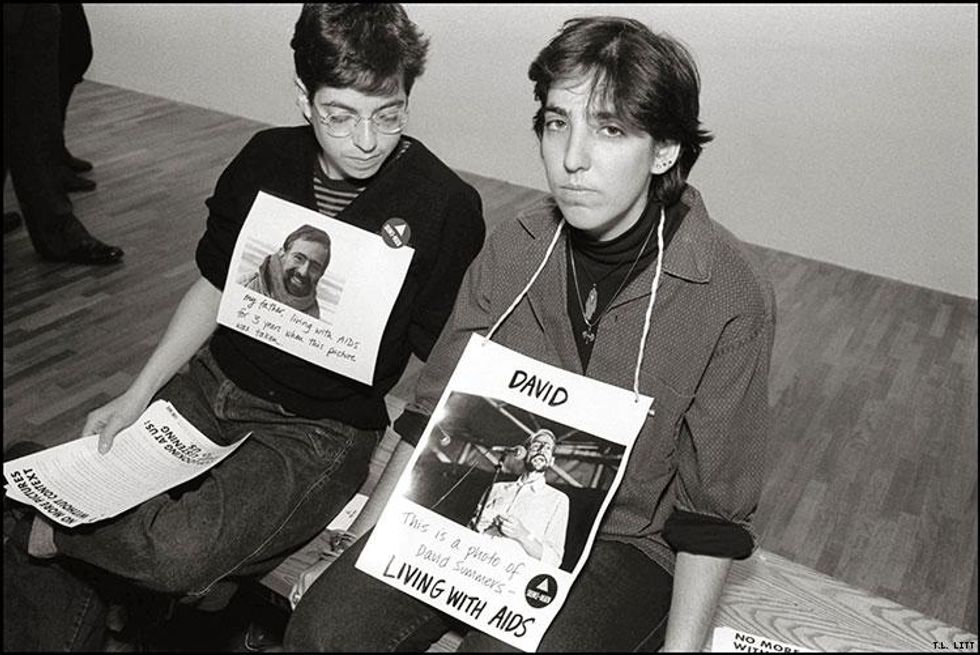
Vazquez-Pacheco was soon in charge of new member orientation: explaining how the coalition worked, making sure people were comfortable, and breaking down the chapter's procedures. When meetings ended, he'd often address the entire room, giving attendees permission to skip meetings and take time to catch a movie, go to dinner, or rest.
Vazquez-Pacheco eventually received an invitation to join Gran Fury, the artist collective within ACT UP that made essential visual-protest, educational, and awareness materials. They were responsible for iconic imagery like the SILENCE = DEATH poster that incorporated the now-iconic phrase alongside the pink triangle, reclaimed from the pink triangle that Nazis used to mark homosexuals.
One Gran Fury image featured three couples--one with two men, one with a man and a woman, and one with two women--kissing, accompanied by words, "Kissing Doesn't Kill: Greed and Indifference Do." Vazquez-Pacheco says he used to receive notes from people who said the image plastered on buses was the first they'd seen of two men or two women kissing. "It became this life-affirming piece that I was very proud of," he says. "We didn't realize that at the time--we were doing our Gran Fury snark thing--but it became representative of more than just the AIDS epidemic."
Vazquez-Pacheco expressed the most pride in the poster, "Women Don't Get AIDS They Just Die From It," which ACT UP's women's caucus asked them to create. At the time, the Centers for Disease Control and Prevention's definition of AIDS excluded women, even though 65 percent of HIV-positive women fell ill from chronic infections that the CDC did not recognize as garnering an AIDS diagnosis.
Maxine Wolfe founded ACT UP New York's Women's Caucus. A CUNY professor, as well as a founder of the Lesbian Avengers and the NYC Dyke March, Wolfe led a diverse group who worked hard to remind the public that women were excluded from both the federal definition of AIDS as well as the public's perception of the epidemic. In 1988, Wolfe and other ACT UP women were inspired by HIV/AIDS messages targeting gay men and heterosexual women to propose a demonstration that would remind straight men that they, too, had a responsibility in ending the epidemic. The idea resulted in an action at Shea Stadium where ACT UP activists had signs and chants reminding people that "AIDS Is Not a Ball Game" and telling straight men to carry condoms as well.
Some of ACT UP's flashier, concrete protests are easy to document and narrativize, but there's also an abundance of revolutionary work done within ACT UP that's much harder to translate to visual media like TV or film. As Alexis Danzig (who joined ACT UP in 1988) put it, their work wasn't solely about HIV/AIDS activism. "We helped the country deal with
its homophobia."
While ACT UP stood on the shoulders of the queer liberation movement and the Stonewall veterans, it incorporated philosophies from the feminist movement and learned how to resist from the Vietnam antiwar movement. According to Danzig, before Jamie Bauer came to ACT UP from the War Resisters League, the group did not know how to protest in a safe and inclusive way, including finding effective ways to negotiate with police. Bauer's training allowed people of all HIV and documentation statuses to protest safely and without worry of getting in trouble with the law. Protesters learned what information they legally had to disclose to law enforcement, and what could remain private. They also spoke with police in advance to make sure members were not put in harm's way. "Once you take away that fear, the sky's the limit," Danzig says. "A lot of people who were HIV positive were able to tap into their power and their anger and use their bodies as a force for change."
By the time Jose de Marco became an active member of ACT UP Philadelphia in 1996, protease inhibitors--the first highly effective drug against the virus--had hit the market and effectively slowed the HIV/AIDS epidemic. While many chapters in other towns closed or went dormant, the Philadelphia chapter, de Marco says, made sure that marginalized folks and people in developing countries had access to these new life-saving medications. From its location, ACT UP Philadelphia bused people to the UN in New York City and to Congress in Washington, D.C., to get Pfizer to lower the prices of medication for people living in South Africa.
"I think that was one of the biggest victories ACT UP Philadelphia was able to brag about," de Marco says. "We were able to get medications to millions and millions of people." Vazquez-Pacheco says the wider-reaching work of ACT UP was rooted in its diversity. Many white activists came to ACT UP to change the health care system so that it could work for them, but "people of color were saying that the health care system had never worked for us and we need to scrap this system and start over."
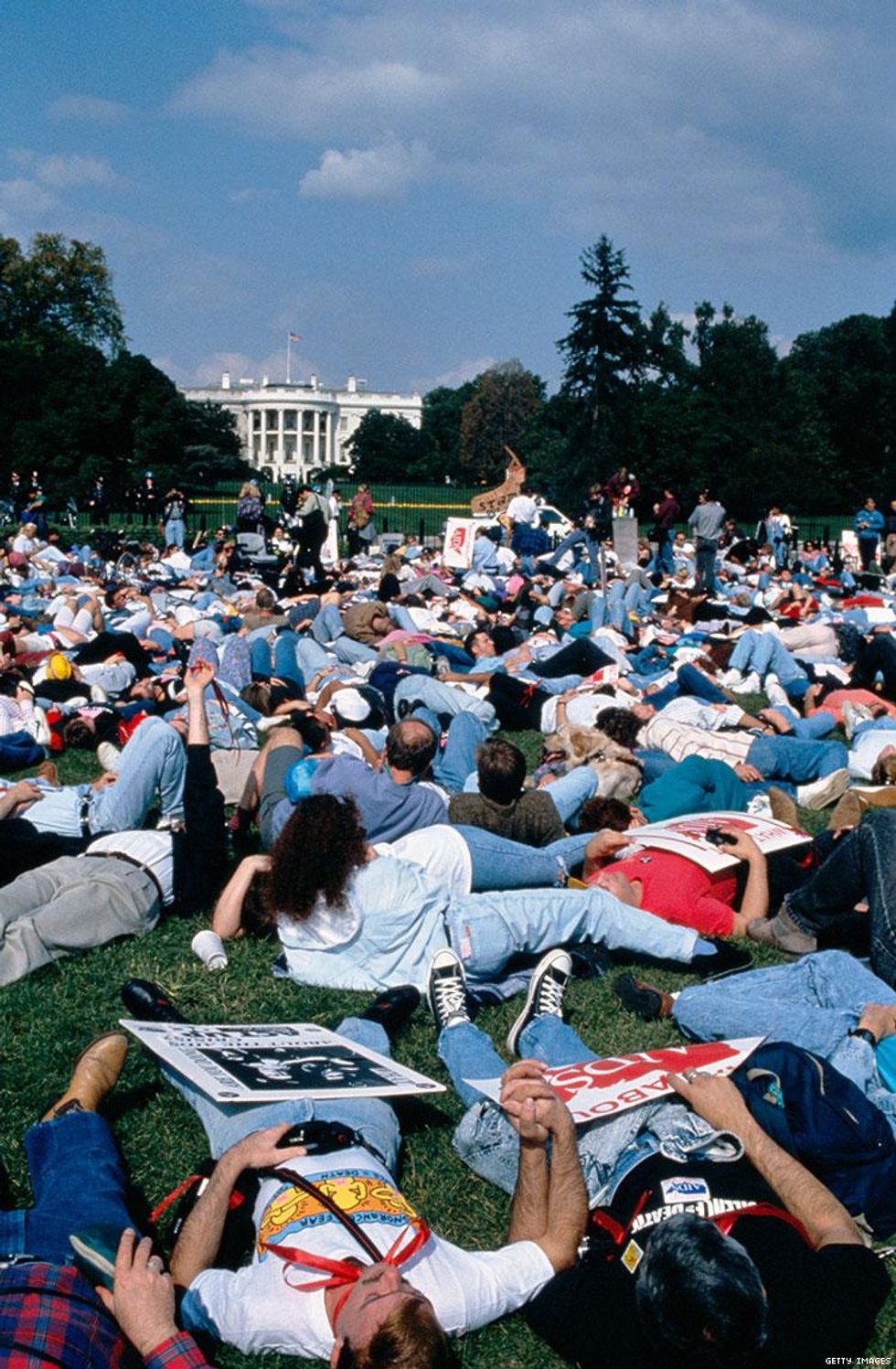
ACT UP was one point on many throughlines, an amalgamation of many movements that aimed for the liberation of marginalized people: queer people, trans people, disabled people, and others who fought for their government to hear and recognize them. Danzig now teaches civil disobedience along with Bauer. She's also a member of Rise and Resist, an activist group that is largely made up of returning ACT UP veterans who have galvanized to resist President Trump.
"We were fighting the AIDS crisis," Danzig says. "Now, we're fighting the democracy crisis."
This article appears in Out's June/July 2019 issue celebrating Stonewall 50. The three covers feature the complicated candidacy of presidential candidate Pete Buttigieg, the enduring legacy of activist Sylvia Rivera, and the triumphant star power of actress Mj Rodriguez. To read more, grab your own copy of the issue on Kindle, Nook, Zinio or (newly) Apple News+ today. Preview more of the issue here and click here to subscribe.


